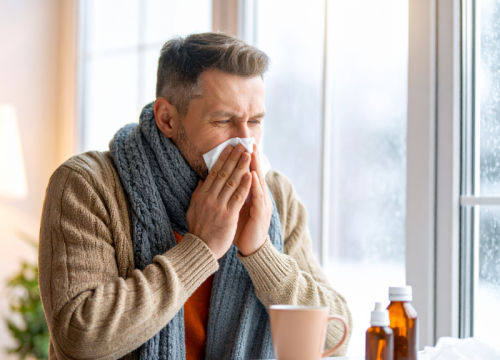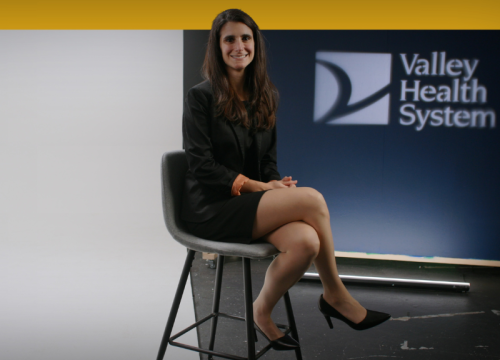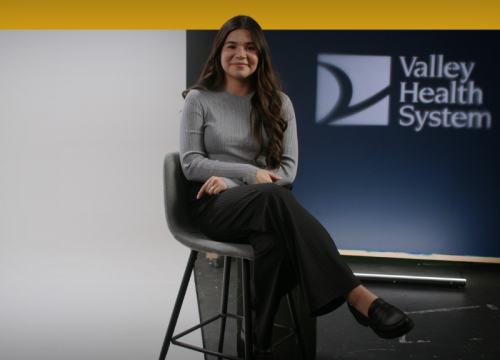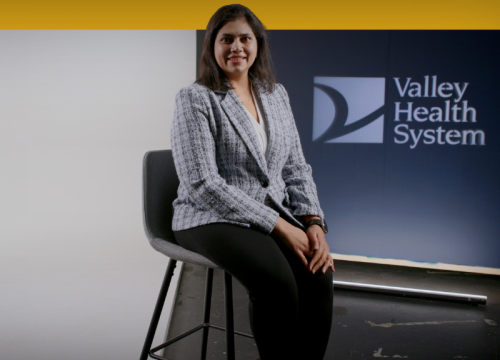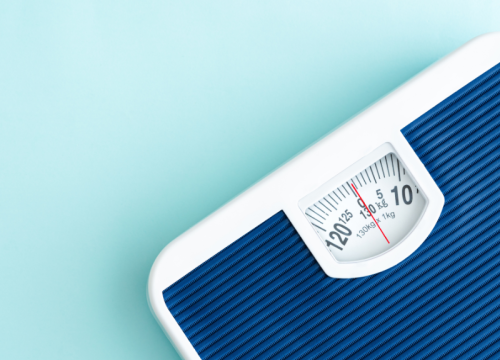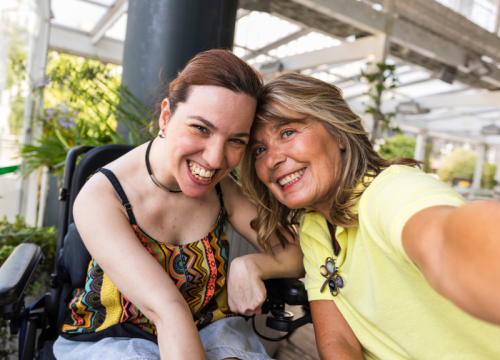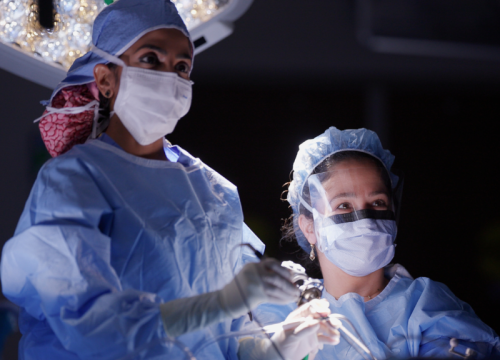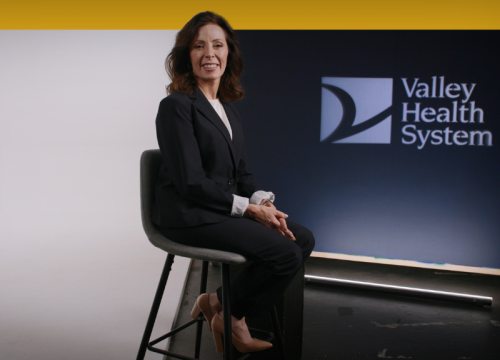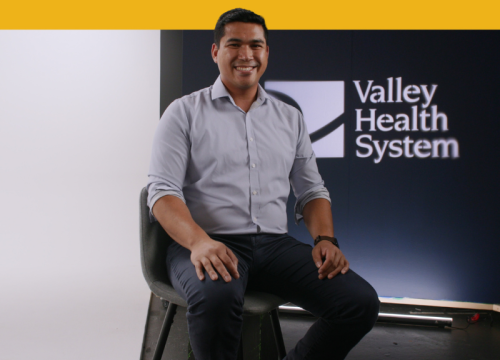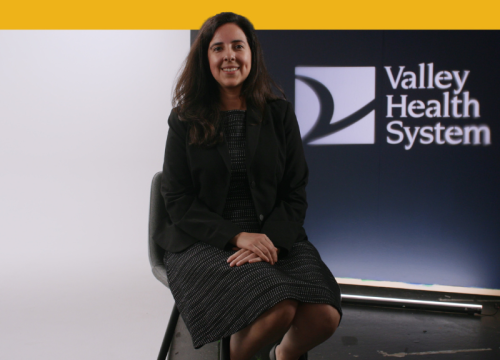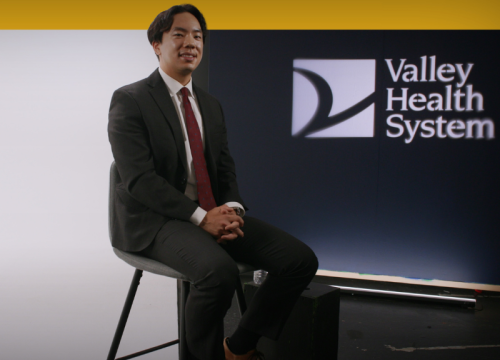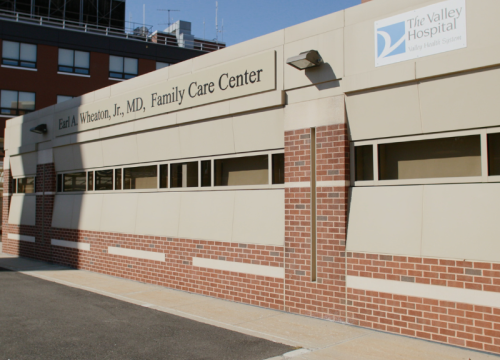An esophagogastroduodenoscopy (EGD), also called an upper endoscopy, is an outpatient procedure used to examine your esophagus, stomach and the first part of your small intestine (called the duodenum). An EGD is sometimes called an upper endoscopy because it is used to evaluate the condition of your upper gastrointestinal tract.
An EGD is usually performed by a gastroenterologist, a physician who specializes in the diagnosis and treatment of diseases and illnesses of the digestive system. Your gastroenterologist may recommend an EGD if you experience:
- Heartburn
- Gastroesophageal reflux disease (GERD)
- Dysphagia (food sticking in your esophagus)
- Bleeding from the upper GI tract
What to Expect
Preparing for your EGD
Your doctor will give you specific instructions, but generally you must not eat or drink anything for six to eight hours before your test. Tell your doctor about any medications you are taking. Prior to the test, an intravenous (IV) line will be inserted into your arm. You will be placed on a monitor that checks your heart rate, blood pressure, and oxygen level. You will receive medication called sedation through your IV line to make you comfortable, sleepy, less anxious, and diminish gagging.
During your EGD
Your gastroenterologist will pass a long, flexible tube called an endoscope through your mouth into the back of your throat and ask you to swallow. The scope will then be passed down into your esophagus, stomach, and duodenum. Using the endoscope, your doctor will see a magnified picture of the lining of your upper gastrointestinal tract on a video monitor. He/she may take tissue samples for a biopsy or perform any treatment necessary. The typical EGD takes about 15 to 20 minutes, depending on whether there are any abnormalities, biopsies taken, or therapies performed.
After your EGD
After your EGD, a nurse will monitor you until you are fully awake. Because of the sedation, you will need to have someone drive you home. You will be able to eat and drink when you return home. Your doctor will call you with the results.


